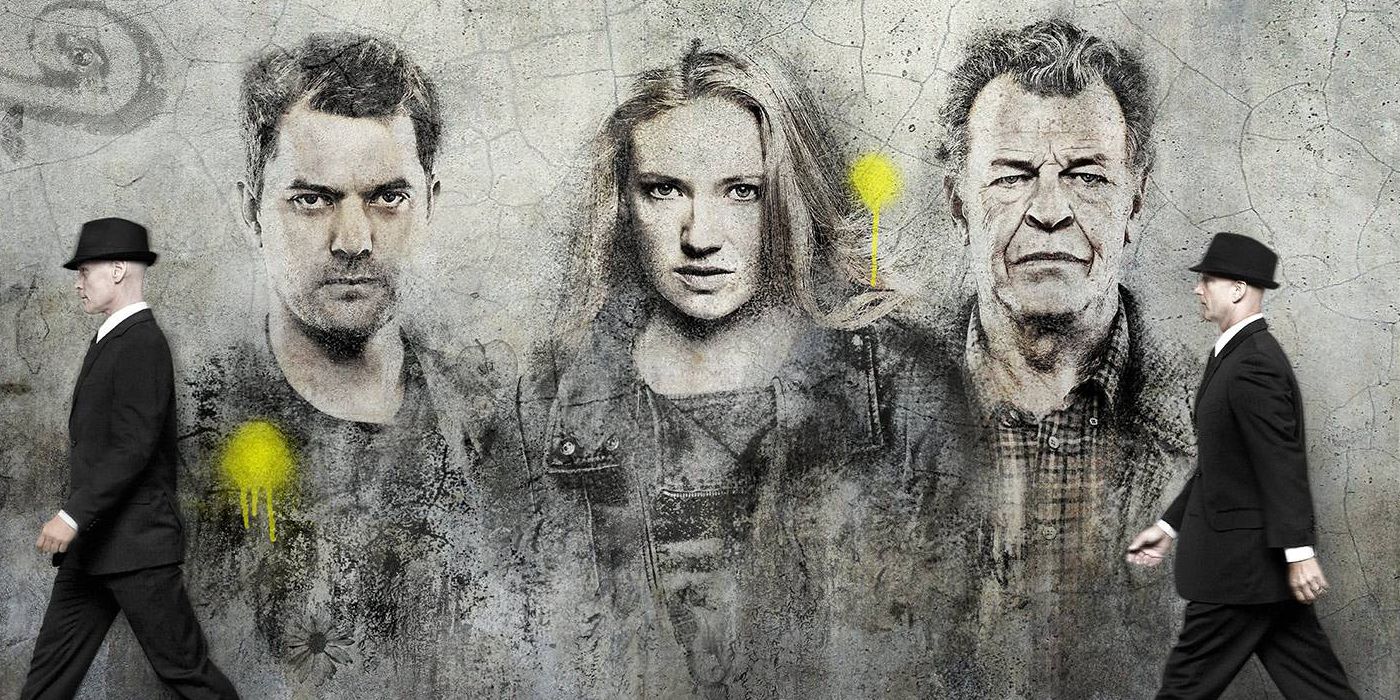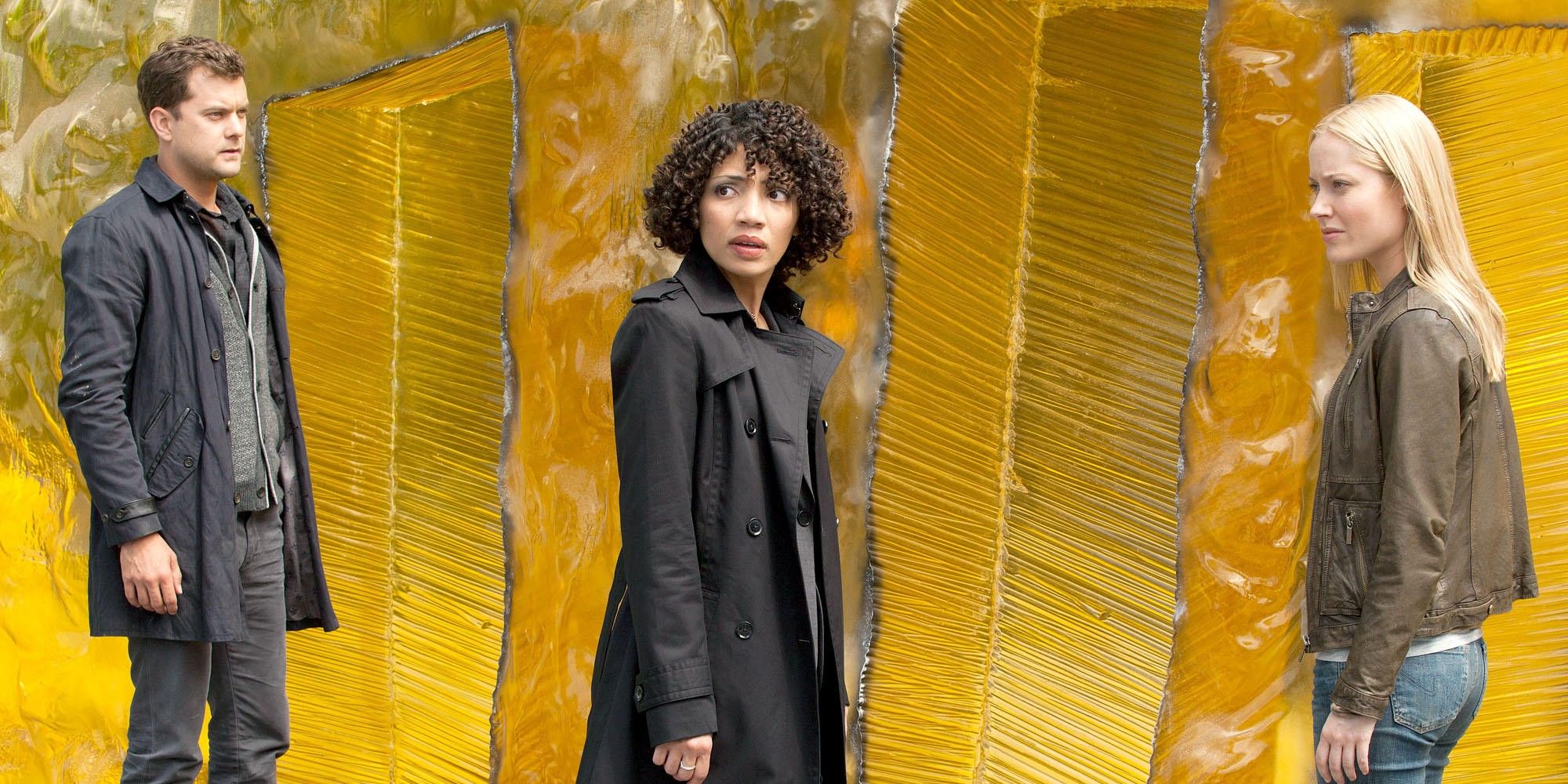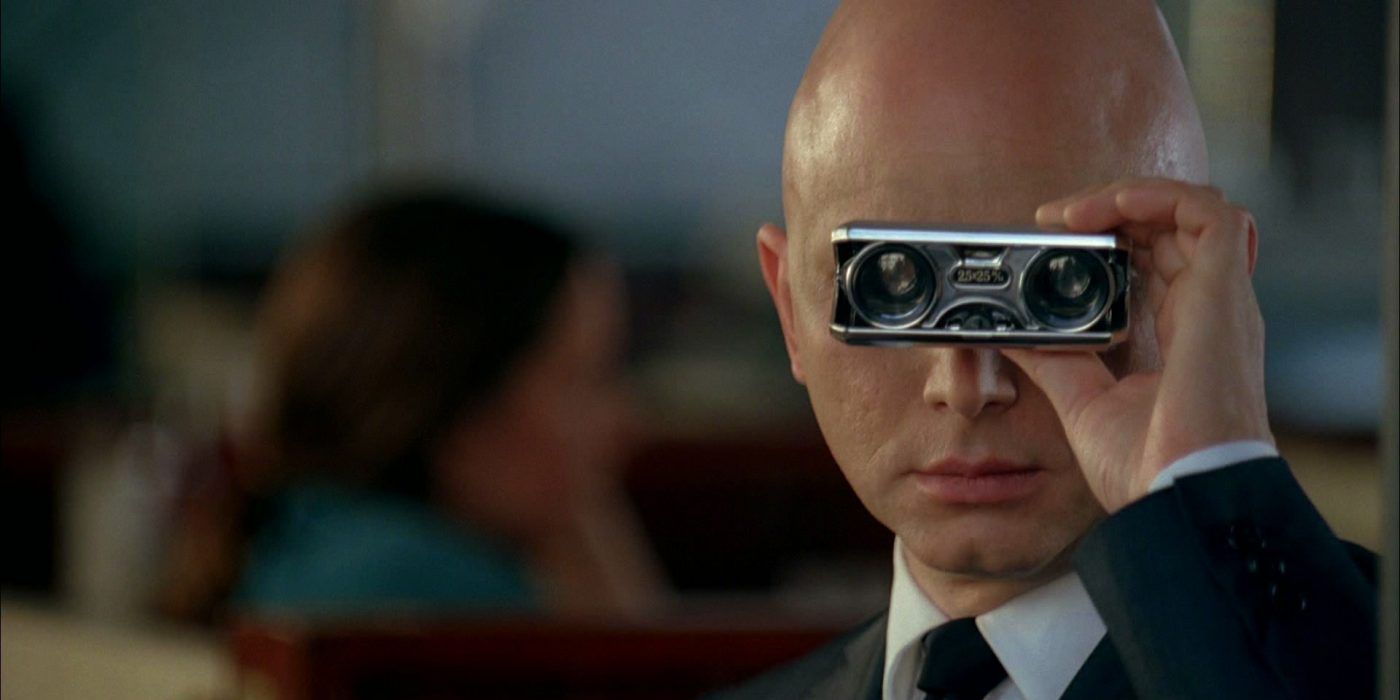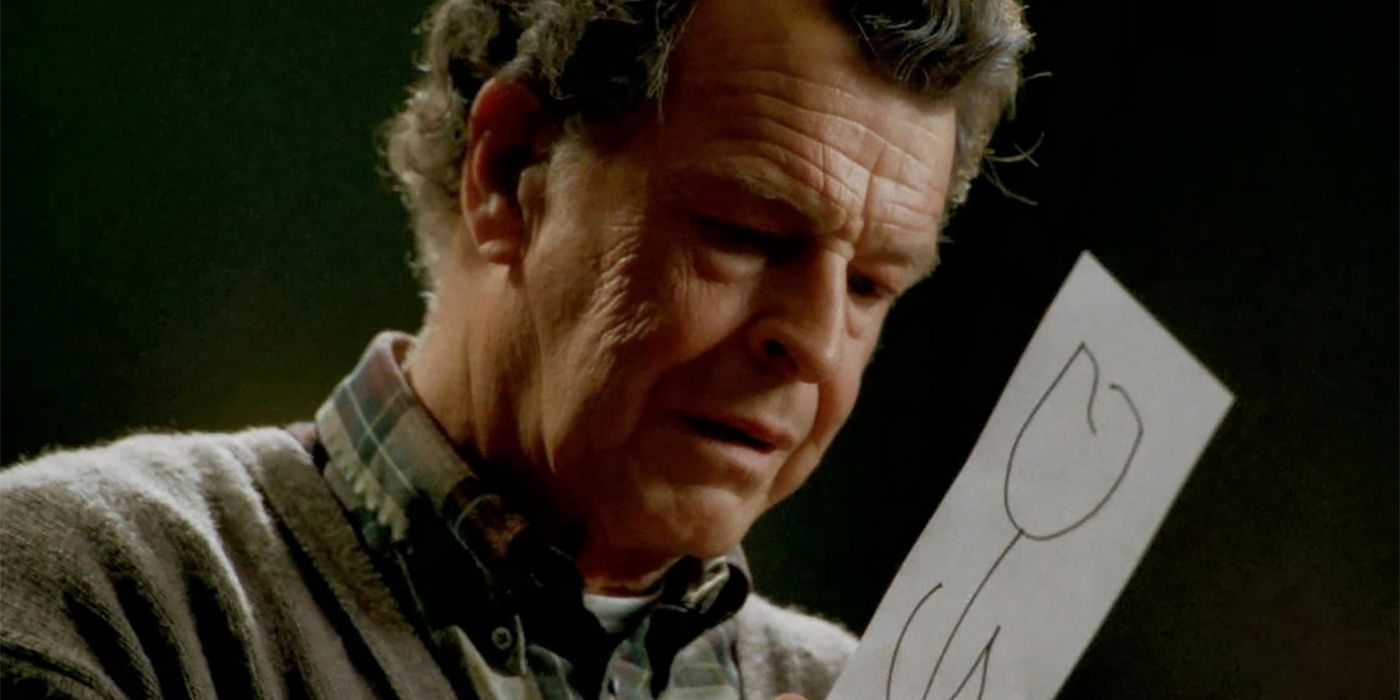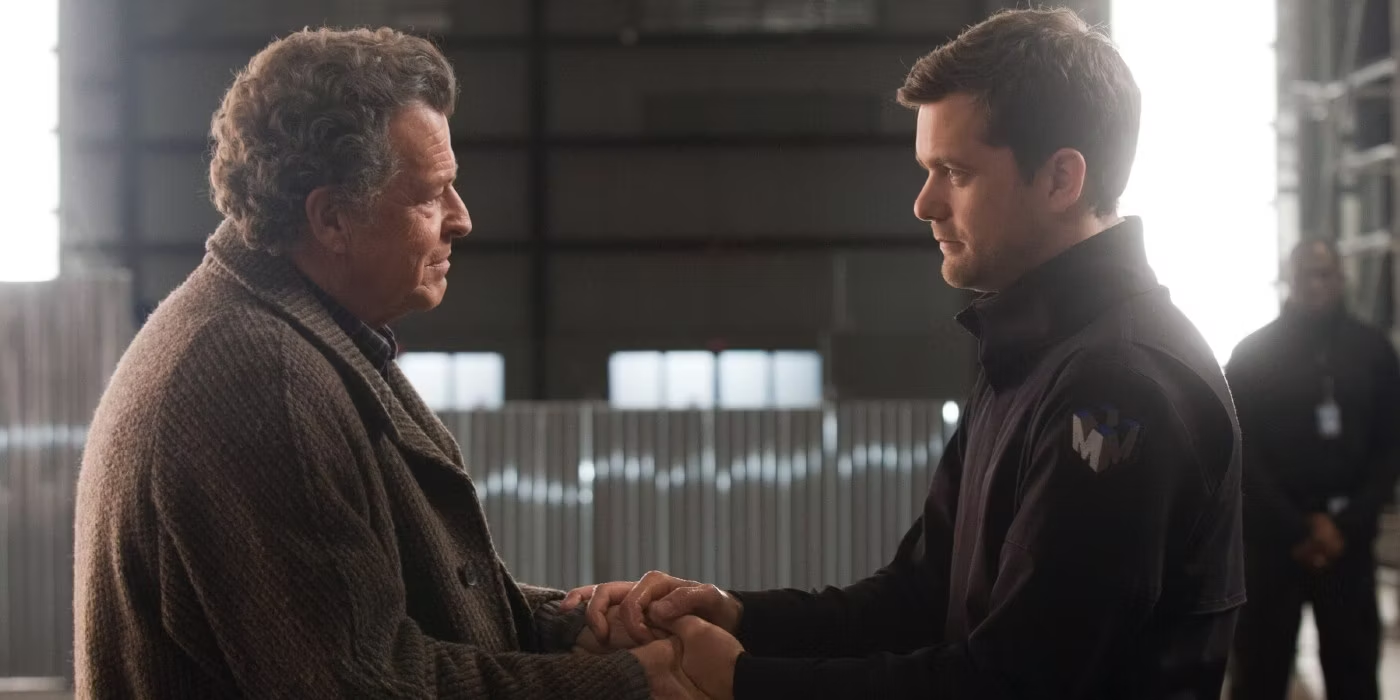Over a decade later, many audience members still need the Fringe ending explained in depth due to the show's complex nature. Created by J. J. Abrams, Alex Kurtzman and Roberto Orci, Fringe premiered in 2008 and originally utilized a largely episodic structure, with the "case of the week" format driving forward development between the core cast. Over time, however, Fringe became more serialized, increasingly delving into long-term mysteries and convoluted story arcs. By the time Fringe reached season 5, the episodic structure had all but vanished, replaced with one season-long struggle against the Observers.
Fortunately for viewers, Fringe went into its fifth and final season knowing that the end was nigh, and this allowed the series to deliver a proper conclusion. When discussion turns to TV endings that satisfied fans, Fringe is often unfairly overlooked. Despite the positive reception, however, the Fringe ending was predictably ambiguous, and the final implications on the Fringe cast remain debated today.
Fringe Season 5 Was A Completely Different Show
The final season's premise was set up in the groundbreaking Fringe episode, "Letters In Transit," which depicted a dystopian future Earth ruled by the Observers. The Observers were eventually revealed as mankind's next evolutionary step, albeit one made via the use of genetic manipulation and advanced technological implants. The Observers had sacrificed the emotional capabilities of their brains to attain higher intelligence, allowing them to develop the ability to travel through time, but also making them incredibly difficult to talk to at parties. By becoming better humans, the Observers had ironically lost all humanity. The Fringe ending explained little else about the Observers which weren't already laid out throughout the show.
By the 27th century, Earth had become uninhabitable for the Observers, so they decide to invade the year 2015, a time prior to their own creation and the Earth's degradation. Thanks to their advanced technology and super-intelligence, the Observers easily take over Earth, establishing a dictatorship that subjugates the present-day humans. In response, Walter encased the Fringe team in amber to protect them from capture, hoping to one day be freed and resume the fight against these time-traveling invaders. Walt's wish comes true in 2036, when Peter and Olivia's grown-up daughter, Etta, finds and releases the original 2015 Fringe group.
Walt reveals that he and September, a friendly Observer on the side of mankind, developed a plan to undo the events of the past 20 years, but Walt is captured and subjected to a brutal mind probe that deletes the plan from his memory. Thankfully, Walter had the foresight to prepare videotapes that would help guide the Fringe team in carrying out this elusive plan, and the bulk of Fringe season 5 sees Olivia and co. gradually assembling the components needed to defeat the Observers.
How The Fringe Team Defeated The Observers
In developing their plan, September revealed the existence of his biological "son" - a boy created not by standard reproduction, but via the Observers' genetic experiments. Unlike most Observer children, however, September's son was labeled an anomaly and scheduled for destruction. Beginning to succumb to human emotions, September secretly saved his child by hiding him in the past, and this is where the Fringe team first encounter the boy in season 1's "Inner Child." No one (perhaps not even Fringe's writing team) knew the significance of the youngster at the time. Eventually, only the Fringe ending explained and showed the true significance of September's son.
The child observer, now named Michael, is reintroduced in Fringe season 5 as a key part of Walter and September's plan. In transpires that Michael was deemed an anomaly because his intelligence surpassed that of the other Observers, but the boy still retained his human emotions, and the revelation that such a balance could be achieved threatened the very existence of the Observer race. Walter's master plan involved sending Michael into the future, to the very point where the experiments into intelligence-enhancement began, and offering Michael to those scientists as proof that emotion needn't be sacrificed in order to achieve improved intellectual abilities.
Theoretically, this would prevent the Observers from ever being created, and the 2015 invasion would never occur. However, this plan presented several issues during Fringe's final episodes. Firstly, Michael's inability to speak meant that a scientific type would need to travel with him in order to explain his significance to the scientists of the future. Secondly, Michael and his guardian wouldn't be able to return to their own timeline, since this would create a paradox that might bring the Observers back into being.
During the most climactic scenes in Fringe's final episodes, the team fights to allow Michael and September through a wormhole into the future, but September is shot and Walter steps in to take his place. Their jump successfully prevents the Observers' creation, and wipes Walter out of existence from 2015 onward, since he cannot exist in the happy-ending present day if the new present hinges on the actions of Walter's alternate future self. Fringe season 5 ended on this bittersweet note, which is actually also the perfect setup for a modern reboot of Fringe.
Walter's Fate And The Significance Of The White Tulip
Fringe ends with Peter receiving a letter from Walter, a drawing of a white tulip, and a look of recognition sparks across his face. However, while Walter was able to leave his son one final message, Fringe fans were left with questions, most of which revolved around the mechanics of Fringe's timeline-altering ending. Although the Fringe explained how Walter's plan worked by showing Peter and his family in the new 2015, the very last scene also led to this whole new mystery. The drawing of the white tulip itself was clearly sent by Walter in advance of his noble sacrifice, but how could it still exist if the Observer timeline was erased?
Fringe is quite specific in stating that the timeline reset only occurs from the moment of the 2015 invasion, with everything before that playing out exactly the way it already had. Since Walter and September were planning for the Observer invasion long before the villains arrived, it makes sense that the white tulip could've been sent during this early preparation period, and wouldn't have been affected by the 2015 reset. Fringe isn't clear on why nothing prior to this date is altered, other than because it would decimate the entire timeline of the show, and the logic does require a leap on the audience's part.
The white tulip itself caused some confusion. On a basic level, the message is designed to push Peter into visiting Walter's lab in 2015, where he will find his father missing (having been erased from the timeline) and discover a pre-prepared video explaining the situation. However, the symbol first appeared in Fringe season 2, episode 18, "White Tulip." In this story, Walter meets a man attempting to travel back in time to save his wife from a car accident, and explains to him that after defying nature to bring the alternate Peter to his own world, he sought a symbol of forgiveness from the universe - a white tulip.
After hearing the story, the scientist sends Walter this very symbol as a way of thanks. The return of this image in Fringe's finale could be interpreted as a similar message to Peter. Walter is perhaps telling his son not to feel any guilt after discovering his father's fate. It may also simply be reaffirming his belief that, despite causing plenty of trouble, saving Peter from the alternate universe was the best thing Walter ever did. A further point of contention among Fringe fans is figuring out exactly who remembers what, and this has been helpfully broken down by producer, David Fury.
As far as the romantic Olivia and Peter, and everyone else are concerned, Fringe season 5 never happened, but everything up until the end of season 4 happens as usual. They will simply wake up one day to find that Walter is no longer present in their world. From Walter's perspective, he and Michael remember everything, including the dystopian future timeline. Walter's reality takes him through to season 4 as planned, before spending 20 years in amber, and then traveling into the 22nd century with Michael. To correct the paradox of Walter's existence in this future period, the universe responds by erasing him from 2015, the point of divergence.
What Joshua Jackson, John Noble And J.J. Abrams Thought Of Fringe When It Finished
Essentially, everything from the beginning of the show to the Fringe ending explained to 2013 audiences a then-new way of combining sci-fi, fantasy, drama, and mystery. While Fringe took its cues from shows like X-Files and The Twilight Zone, the influences of Fringe can in turn be gleaned from latter series like Wandavision or even the Oscar-winning movie Everything Everywhere All At Once. After a decade since it ended, Fringe is still streaming online through certain services, and the show's ending, characters, and mythology continue to be discussed by those who've either seen it or planning to binge the series. This isn't that far from how Joshua Jackson, John Noble, and J.J. Abrams envisioned the show's legacy.
Shortly after the Fringe season 5 ending aired, Joshua Jackson had high hopes for how Fringe would be remembered. "I feel like Fringe and its afterlife is a test case for the new way that television works," explained Jackson (via Collider). "How that manifests itself, I don’t know. I think there will probably be a lot of fan fiction. Maybe there will even be some sort of filmed addendum to this show, whether television or podcast, or however it manifests itself." Notably, The Fringe Observers podcast had a total of 100 episodes before ending 5 years after the Fringe finale, while The Fringe Podcast Rewatch still airs regularly. There's also no shortage of Fringe fan fiction today, many of them further exploring Fringe's character relationships.
"I think the glue that held Fringe together was the relationships. I know the other actors feel the same. They were the things that we really looked forward to doing," said John Noble (via Collider). "Despite what was happening around us, we would have these tenuous, incredibly real and deep relationships with the other characters. Whatever situation we were in, those relationships still carried the day. They were the things that made Fringe work. And I think we have played those storylines out." Indeed, these relationships were crucial, from the first season to Fringe's final episodes.
Meanwhile, Fringe co-creator J. J. Abrams was satisfied with how the show ended. "I feel like it’s a show that got to play out as it should have, which is a very rare thing, especially for a show that had middling ratings," explained Abrams (via Assignment X). "I think for the network to keep the show on is a testament to their wonderful commitment to a show that they actually loved, and I will never forget that. It’s a very rare thing." Although the Fringe season 5 ending did leave behind the glaring question of the white tulip, most viewers seem to agree with Abrams, as the show is largely remembered fondly by audiences.

